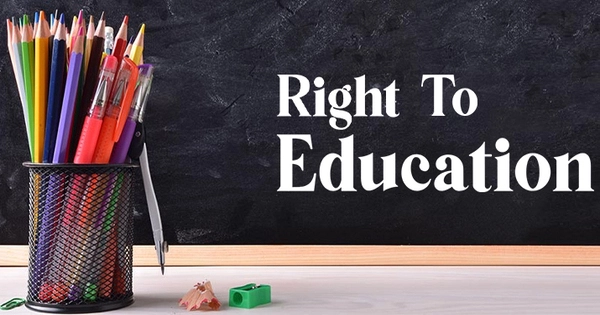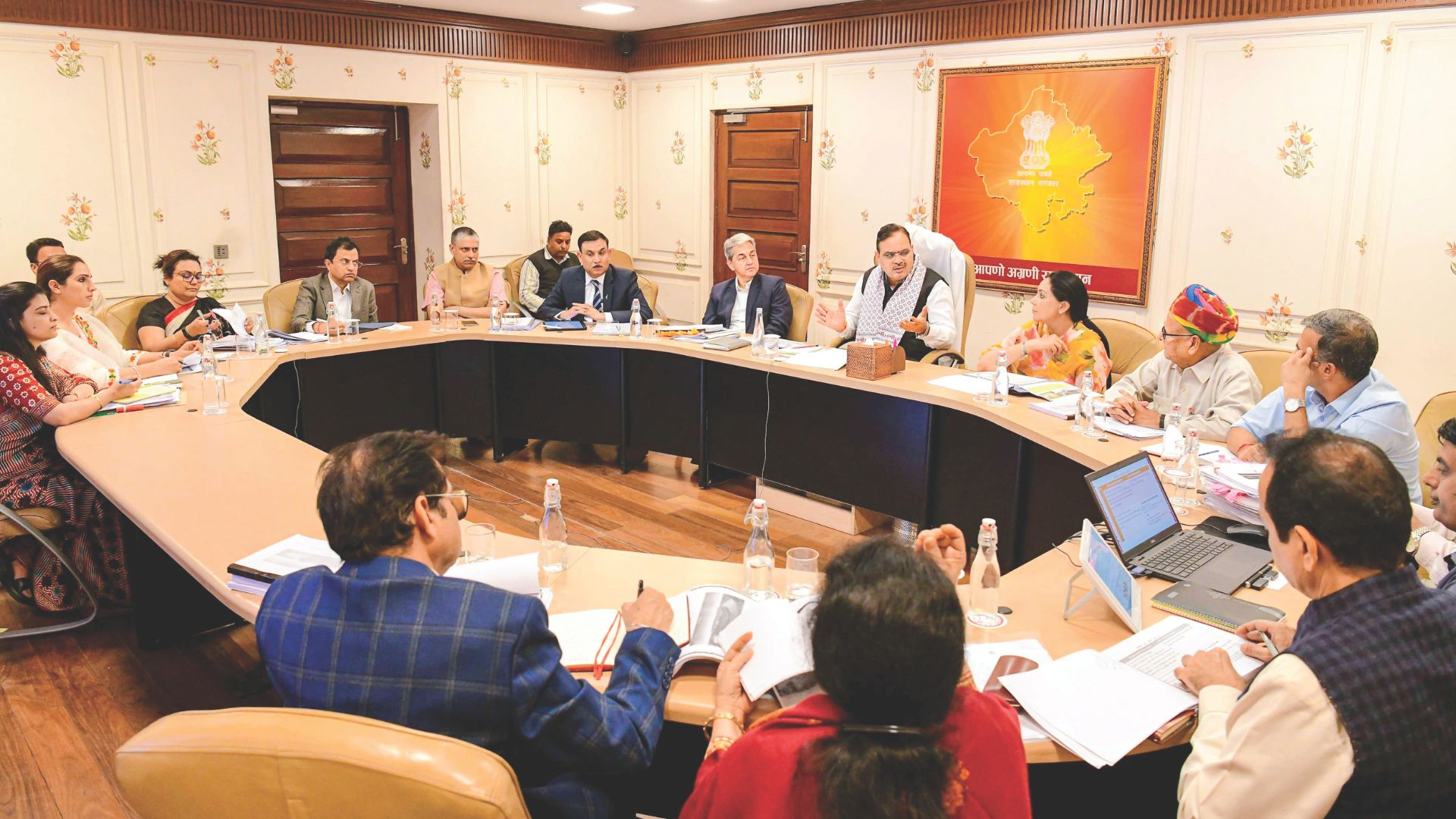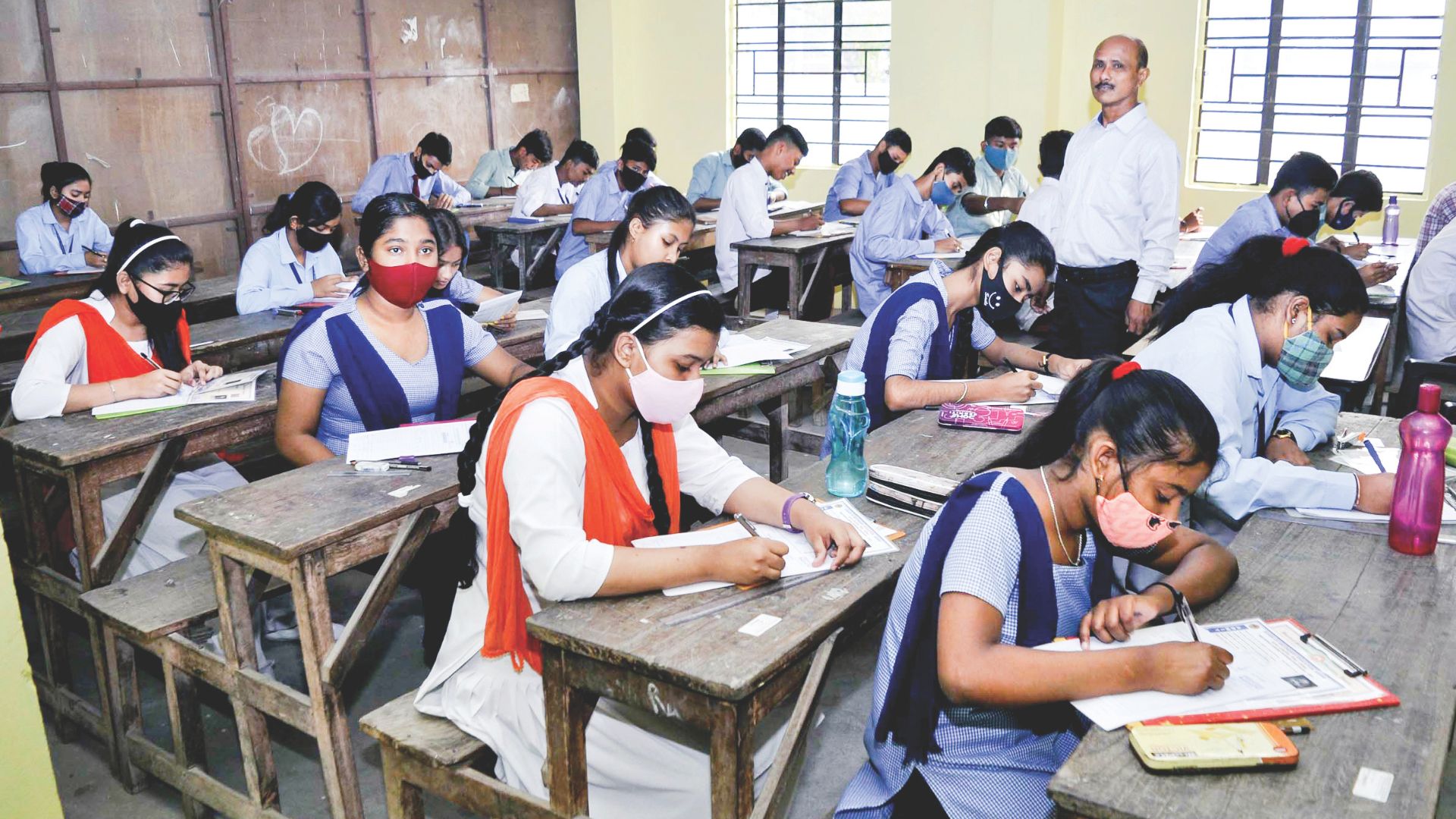
The Right to Education Act: From Policy to Reality
Education is recognized internationally as a fundamental factor in the empowerment of people and national development. That understanding finally took the form of the Right to Education (RTE) Act, 2009 passed for India mandating free and compulsory education to children between ages 6 and 14 years. The RTE Act was regarded as a revolutionary step toward ensuring inclusive and equitable quality education for all. Over a decade since its implementation, there is a huge gap between the policy promises and harsh realities on the ground.
This write up aims to explore the objectives of the RTE Act, the challenges that impede its effective implementation and potential strategies to bridge the gap between policy and practice.
Objectives of the Right to Education Act
The RTE Act was essentially born out of Article 21A of the Indian Constitution guaranteeing every child’s right to free and compulsory education. The Act seeks to provide universal access to education with the aim that every child should acquire good quality education irrespective of their socio-economic background. It achieves the mentioned objective in several key provisions.
Compulsory Registration and Attendance: Under the RTE Act, every child in the age group of 6-14 years is registered and assured attendance in school. In other words, the responsibility of doing so rests with the state.
Infrastructural and Qualification Standards for Teachers in Schools: Minimum standards in terms of school infrastructure, students per teacher, and qualifications of teachers must be assured. The requirement is aimed at raising the quality of education throughout the country.
No Detention Policy: The Act bars detention or expulsion of children from schools until they complete elementary education; it leaves no stone unturned to ensure that a child learns without a fear of failure.
Inclusive Groups: According to the Act, Private schools would reserve 25% of their seats for children from economically weaker sections (EWS) of society with the purpose of social inclusion.
Child-Centric Education: The RTE Act should focus on the curriculum and teaching methods designed on the lines of child-centered education that welcomes creativity, all-round development, and thinking at every step.
Reality: Issues in Implementation
Although the RTE Act enjoys rich imagery, the implementation is ridden by countless challenges. Several reports and surveys-for example, those of the Annual Status of Education Report (ASER)-suggest that ground realities are far from the expectations set by the policy.
Access vs. Quality: The RTE Act has been broadly successful in raising enrollment, especially in rural and disadvantaged areas. However, increased access did not necessarily result in quality schooling. Even though most children in the entire country continue to stay at government schools under the RTE Act, their conditions remain woefully ill-equipped, staffed by untrained teachers, and antiquated teaching methods. Factors such as these grossly limit the quality of education offered, thus driving a wedge in the RTE goals.
Teacher Shortage and Accountability: Lack of trained and qualified teachers is a significant challenge. Most schools struggle to meet the minimum teacher-student ratio. Besides, there is a problem of accountability among educators in the rural areas. The absenteeism and neglect of duties are common. Duties of administration offered on paper to teachers barely leave time for them to pay attention to their main job: teaching.
Poor Infrastructure: Most schools, particularly rural and isolated areas of the country, don’t even have basic facilities. These include classrooms in good condition, clean and safe toilets, potable drinking water, and libraries. This directly impacts the quality of education and retention in that most girls stay away from school due to an absence of proper sanitation facilities.
The No Detention Policy: Although the no detention policy was introduced to reduce fear of failure and promote continuous learning, it has inadvertently created several problems. It has resulted in the absence of a barrier to promotion without accountability by both students and teachers. The achievement level of students at all grades was not as good as was desired. The law was also amended in 2019 to allow states to reinstate examinations for students at Grades 5 and 8, but its implementation is patchy.
Private Schools and 25 % Reservation: The provision that requires private schools to reserve 25% seats for children from EWS has found stern resistance. There are quite a few private schools that are opposing it citing financial pressures. Wherever such provision has been implemented there have been problems with social integration of these children who are subjected to discrimination or lack adequate support systems.
Financial Constraints: Implementing the RTE Act is a costlier affair. However, inadequate budgetary provision to the sector of education has been a significant issue, particularly in states with the most number of underprivileged populations. With this financial inadequacy, a great deal of new school constructions and infrastructure improvements were difficult to enhance, and quite centrally, the recruitment process of qualified instructors.
Social Barriers: Socio-cultural elements keep on perpetually obstructing the Act. In India, majorly in rural areas, an early marriage, children working, and discrimination are there, which prevent children, mainly girls, from attending schools. So, such well-rooted social problems require more than policy intervention.
Bridging the Gap: Recommendations for Policy
To bridge this gap between aspirations of RTE Act policy and on-ground implementation, it is necessary to provide a multipronged approach that focuses on improving the education system while working through socio-economic and cultural barriers to easy access to quality education.
Teacher Training and Accountability: Training needs to be renewed and pedagogic skills enhanced. Continuous professional development programs, in addition to accountability mechanisms being enforced strictly, will lead to well-equipped and motivated teachers to provide quality education. The more lighter the administrative burden on a teacher, the more time will automatically be freed up for the core responsibility-teaching.
Infrastructure Investment: School infrastructure needs significant investment. Basic facilities and provisions of easy access to pure drinking water, toilets, libraries, and classrooms are essential in order to create a conducive learning environment. This is especially crucial for rural and disadvantaged areas.
Quality over Quantity: The focus needs to shift from just the number game of students enrolled to improvement in learning outcomes. Student progress and areas for improvement can be monitored through regular assessments and performance evaluations. Consideration needs to be given for the promotion of lifelong learning and the attainment of minimum competency levels for students.
The government should have a proper coordination plan with private schools along with the 25% reservation policy of EWS children. Then only they would be able to implement that policy by offering financial support or subsidy to the private institutions to cover the costs in that policy. Moreover, efforts to induct EWS children into the school environment should be strengthened so that they are not discriminated against within the classrooms.
Engagement and awareness among the community: Education cannot be separated from other overall issues facing society. Communities should be encouraged to make education a priority – especially in the case of girls. Initiatives to combat child labor, early marriage, and gender discrimination can support the goals of the RTE Act.
Increased Budgetary Provision: The government needs to increase the financial commitment it does with respect to the education sector. Ample funding would be required to rectify the infrastructural deficits and abolish the gaps in the teaching staff as well as enhance the quality needed to fulfil the promises of the RTE Act.
Conclusion
The Right to Education Act is a visionary act that can bring about a significant transformation of the educational landscape of India. Such expansion in participation, however, hasn’t helped very much to translate the policy into practice. To really fulfill the promises of the RTE Act, efforts must come together from the government, educators, private institutions, and communities. Only in this manner will India really bridge the gap toward achieving this goal of universal high-quality education for all its children.
Priyanka Parasar, Research Scholar (Ph.D.), Galgotias University, Greater Noida,Uttar Pradesh, India & Dr. Ishrat Naaz Associate Professor, Galgotias University, Greater Noida, Uttar Pradesh, India















